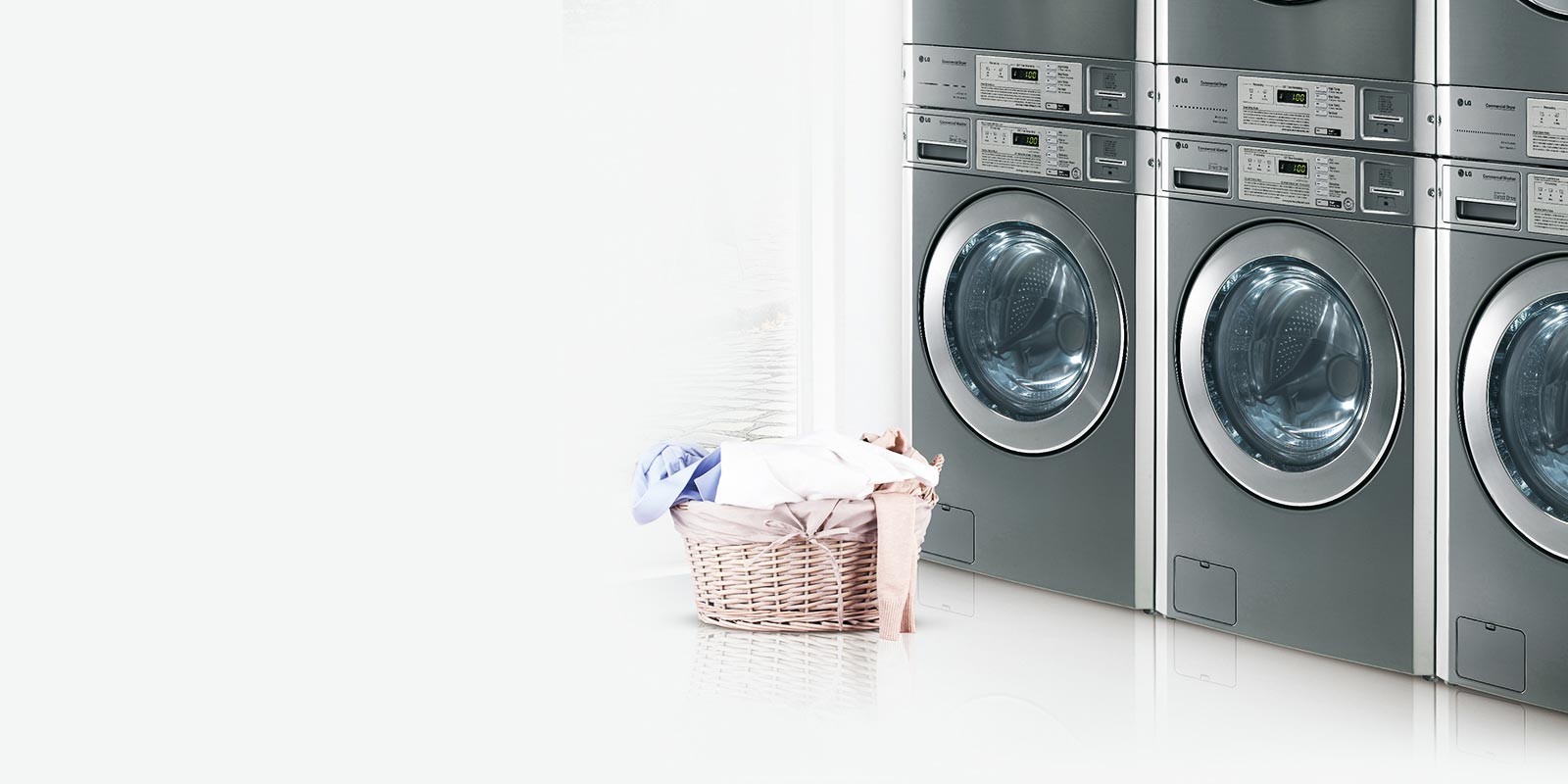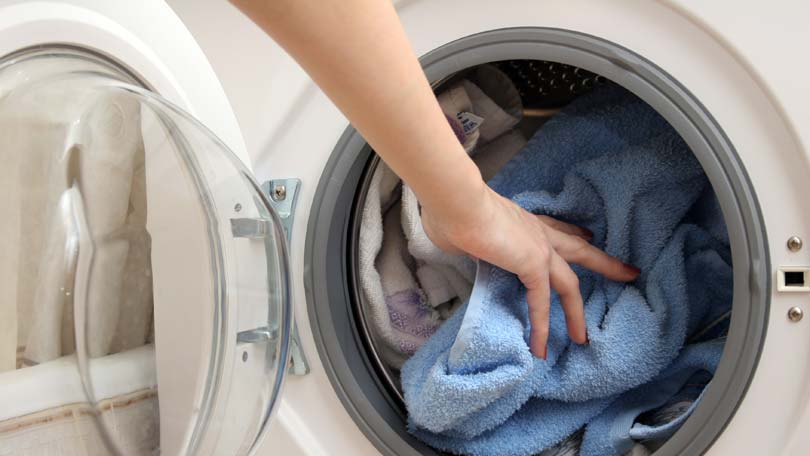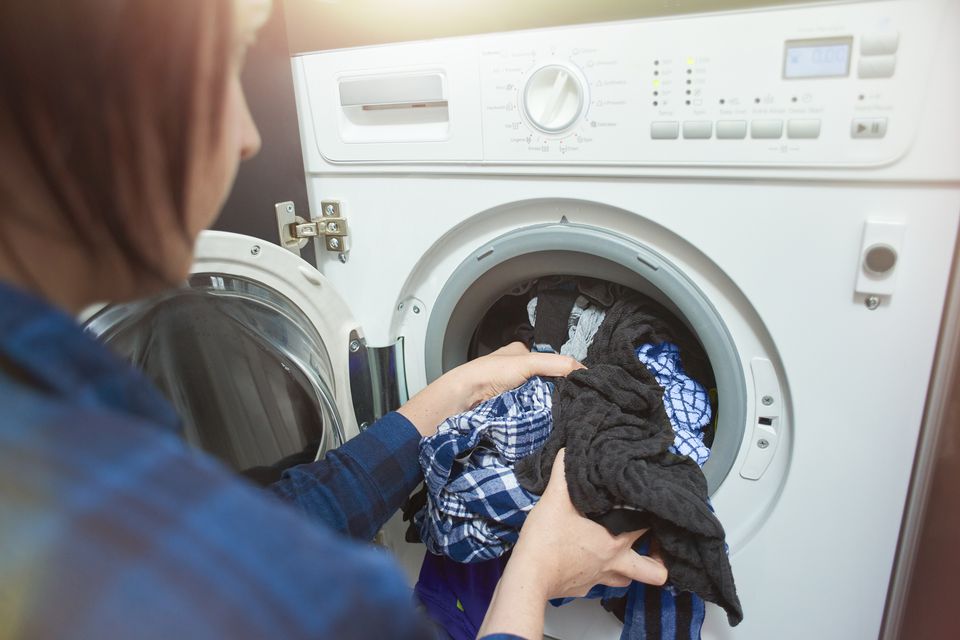The Commercial Laundry Process
Ever wondered what happens to your clothes during a laundry service operation? Although there are slight differences in the equipment and techniques used by most express laundry shops in Singapore, these are the basic steps observed to make sure you get your clothes ready and in good condition.

• Preparations. Your clothes will be sorted based on the soiling, type of fabric, size, color, and volume by your recommended shop in Singapore. In some laundry delivery services, there are more categories for sorting especially if they also have customers in the business industry such as hotels, restaurants, spas, and many more. For individual customers, the same categories for sorting are also used. For example, laundry for spa is usually separate from linen used for furniture. Clean towels are separated from soiled fabrics and items such as curtains should not be washed in the same batch as clothes. For example, uniform laundry is usually separated from linen, underwear, jeans, and others. Clothes, too, are separated from items not worn on the body such as beddings and linen. Personal items used on the body are in a separate category, too, so they wash towel separately from clothes and beddings.
• Water and Detergent. Some clothes that are heavily stained will be pre-treated with stain-removing chemicals. The type of cleaning agent that will be used for a fabric will depend on the care instructions label. Some fabrics should not be exposed to water or detergent because they will either shrink or expand. Most commercial laundry services are very careful with this. Laundry shops in Singapore are well-versed in what’s good for washing employee uniforms, clean towels, linen, and other type of fabrics. Dry clean items should only use a dry cleaning agent, but other items can be cleaned with water and detergent in a commercial washing machine.
• Dry Clean. When dry cleaning heavily stained clothes, the same pre-treatment process is also applied, but the laundry shop uses a special chemical for delicate fabrics. The dry cleaning machine is also different from the washing machine although they might look similar on the outside. It uses a solvent, usually tetrachloroethylene to remove the stains, dirt, and oils on the fabric. The machine also agitates and rotates the clothes like a washing machine does, but it also contains a distillation unit where the used solvent is stored after the cleaning process. The dry cleaning price is usually cheaper than other services, too.

• Steaming. This cleaning process is recommended for cleaning fabrics that might be difficult to press or dry. The technique is sometimes used to clean very large curtains, carpets, and furniture made of fabric which cannot be washed and rinsed easily with water and detergent.
• Drying. Not all fabrics can be tumble-dried, that is why they are separated from the others. Most delicates are air-dried or tumble-dried using the gentlest setting. Some fabrics should not be completely dried, too and are removed from the dryer before they are completely dry to avoid damage.

• Pressing or Ironing. Exposure to heat damages some types of fabrics, that is why it might not be ideal to press or iron clothes. For shops like the same day dry cleaning and 24 hour laundry services, wrinkles and creases are removed by steaming.
• Finishing and Folding. If you have opted for a wash and fold process, the laundry service shop will make sure to return your clothes in good condition. If there are any slight damages to the clothes, whether it was through the washing process or done before you sent them the clothes, the best laundry shops can do minor repairs. They will check if there are missing buttons or accessories, holes, stains, and other damage on the items. Laundry delivery will then return your items within the same day.

